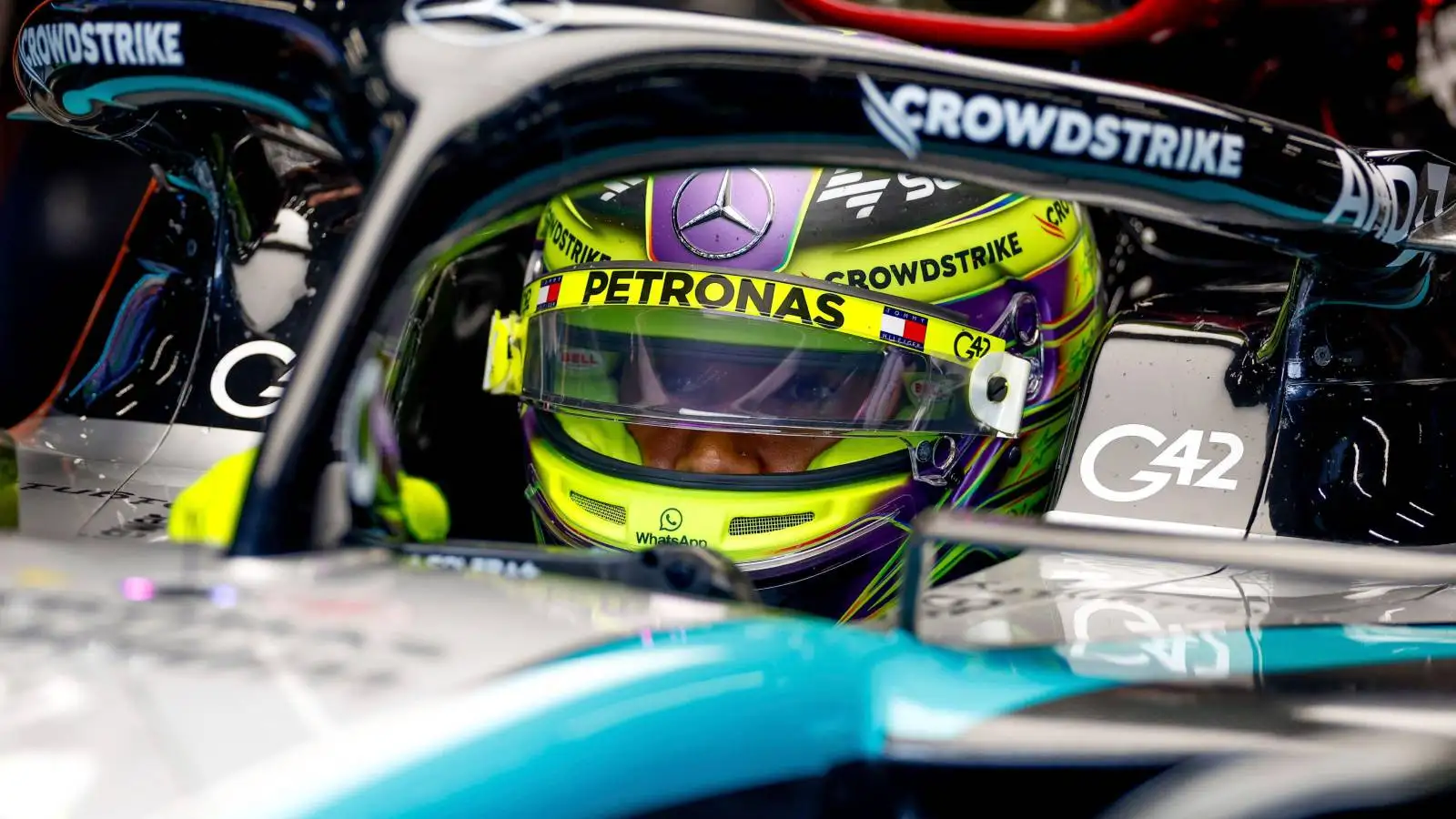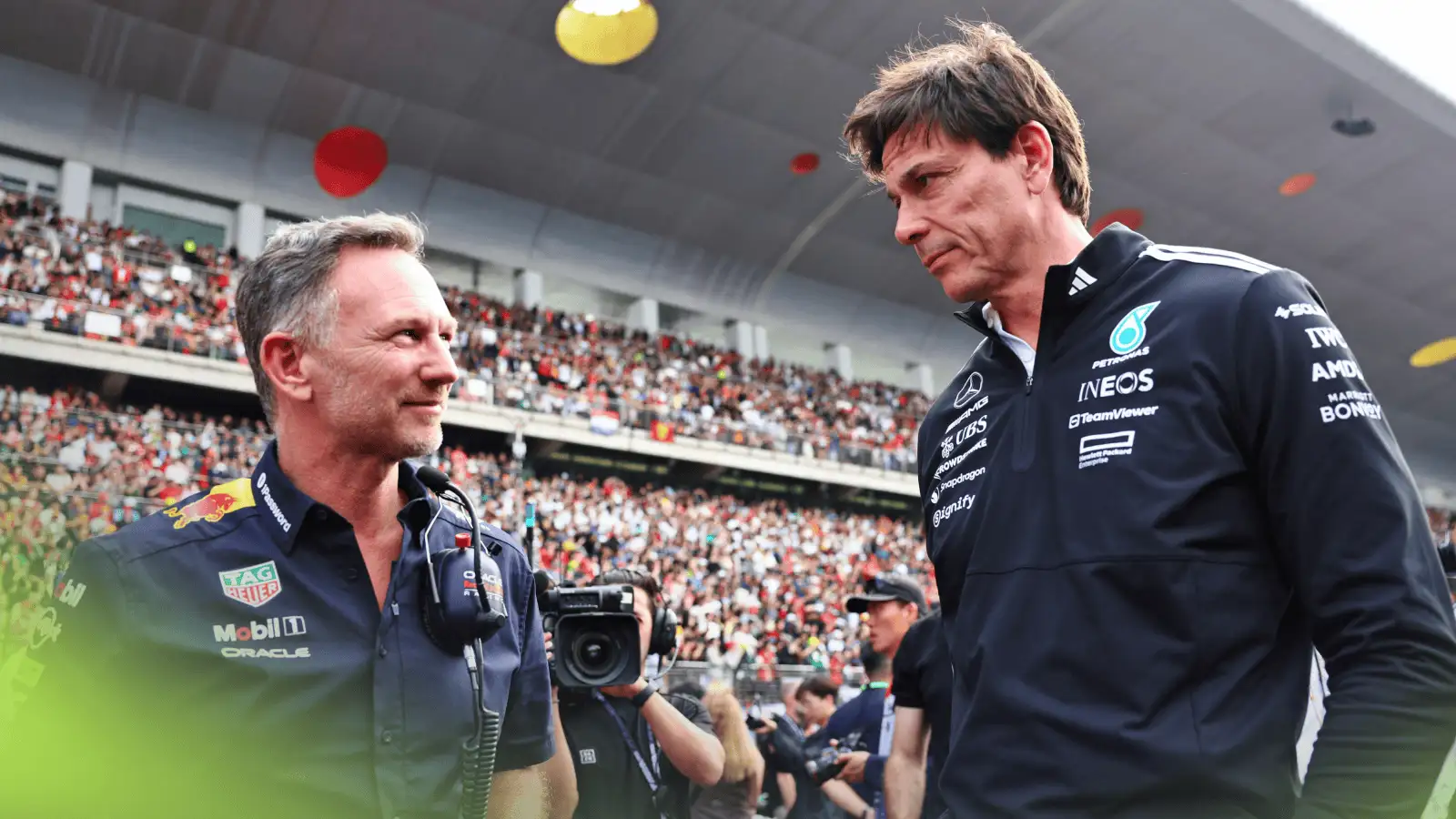Mercedes is already looking ahead to the future with their W16 design, closely tied to their impressive 2024 performance.
- Andrew Shovlin reveals that next year’s W16 will be a ‘close cousin’ of the 2024 car.
- Personnel changes have drastically improved Mercedes’ F1 performance, turning the W15 into one of the fastest cars.
- Despite improvements, Shovlin notes some weaknesses that need to be addressed for hotter, rear-limited circuits.
- With 2025 regulations stable, teams, including Mercedes, plan for continuity and evolutionary design upgrades.
Mercedes is looking toward the future with their W16 design, building on the substantial progress made with this year’s W15. Andrew Shovlin, the head of trackside engineering, states that the W16 will be a ‘close cousin’ of the current car, with a focus on evolution for the 2025 season.
The performance leap in 2024 came after significant personnel changes within the team. Former technical director James Allison stepped back into a hands-on role, completely overhauling the car’s concept. This transformation has turned the initially slow W15 into one of the quickest machines on the track by mid-season.
Although the W15 shows significant speed, Shovlin points out lingering weaknesses, particularly in hot conditions at rear-limited circuits. ‘We’re not as good as the McLarens, or Max [Verstappen – Red Bull],’ he admits, citing races in Budapest and Austria as examples. However, improvements were evident at Silverstone, showing progress.
Shovlin emphasizes the need for rapid development to maintain a competitive edge. The team’s planning horizon is fairly short, limited to about a month or six weeks, largely dictated by wind tunnel schedules and the capabilities of the vehicle dynamics and mechanical design groups.
Looking ahead, stability in the regulations for 2025 means that most teams, including Mercedes, will likely choose an evolutionary path rather than a revolutionary one. This approach minimizes risk and makes more efficient use of resources under the cost cap constraints. Shovlin confirms that aggressive development is ongoing, but key decisions—like whether to keep the same chassis or gearbox—are still up in the air.
‘Aerodynamically, our car and most people’s cars will be an evolution of what we have today,’ Shovlin explains. This includes significant, but not fundamental, changes to the car’s architecture to avoid setbacks in wind tunnel testing.
Mercedes’ focus remains on continuous improvement, with the W16 set to build on the strong foundation laid by the W15.
Source: Planetf1










